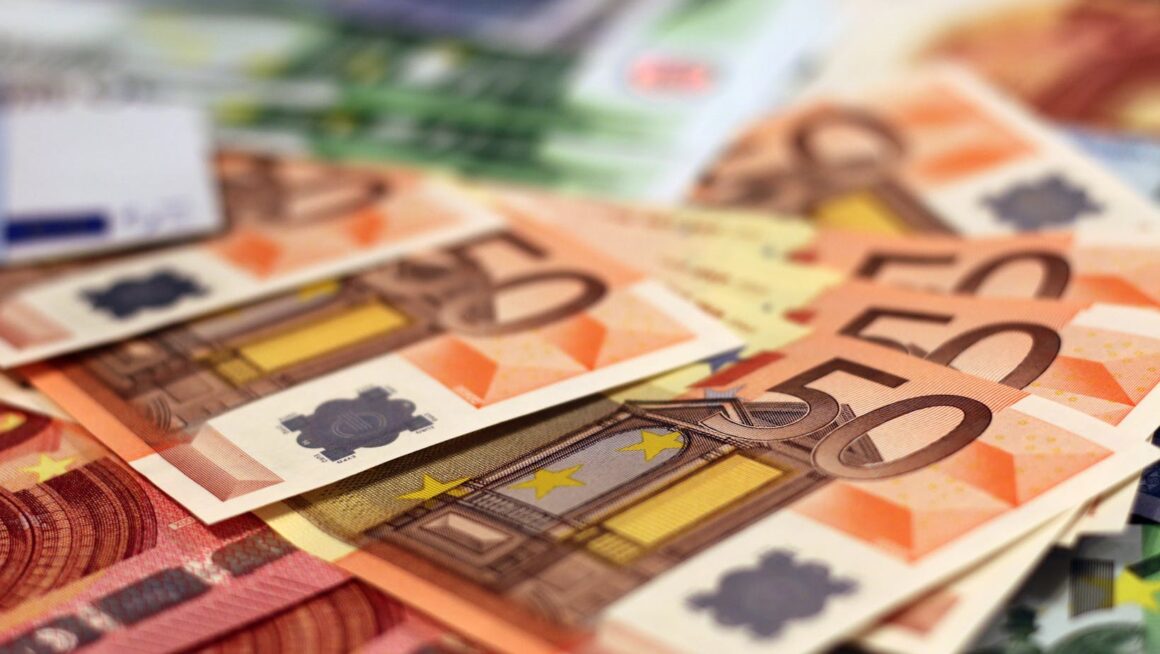Italy, a country known for its rich history, exquisite cuisine, and high-end fashion, is also a member of a powerful monetary union. But what currency does this Mediterranean gem use? That’s a question many travelers and international business enthusiasts often ask.
What Currency Does Italy Use
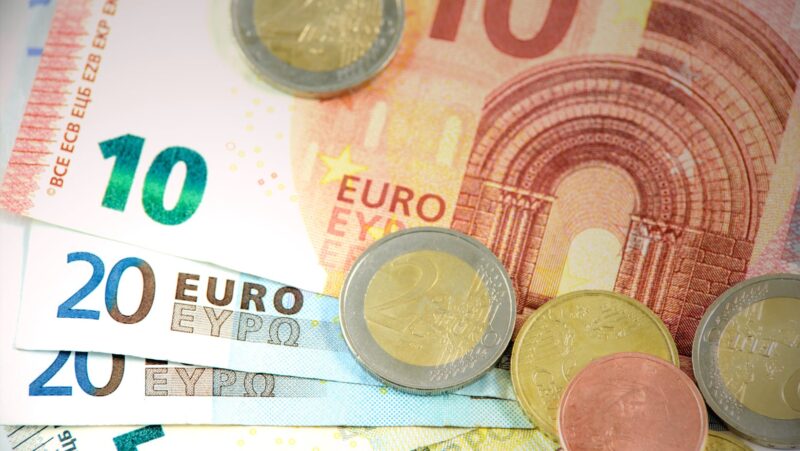 Delving into the world of Italy’s currency offers an understanding of a vital aspect of this fascinating country. To truly grasp the value and importance of this monetary tool, one must take into account both its historical and current context. Prior to the Euro, Italy’s currency consisted of Lira, a currency adopted in Italy in 1861, after the country’s unification.
Delving into the world of Italy’s currency offers an understanding of a vital aspect of this fascinating country. To truly grasp the value and importance of this monetary tool, one must take into account both its historical and current context. Prior to the Euro, Italy’s currency consisted of Lira, a currency adopted in Italy in 1861, after the country’s unification.
The Value of Euro in Italy
Following the transition from the Lira to the Euro, the performance of the Almighty Euro in the global and domestic markets is of paramount importance. It impacts the price of goods and services, trade, tourism, and not to mention, Italy’s economy.
Past Trends in EUR to USD Exchange Rates
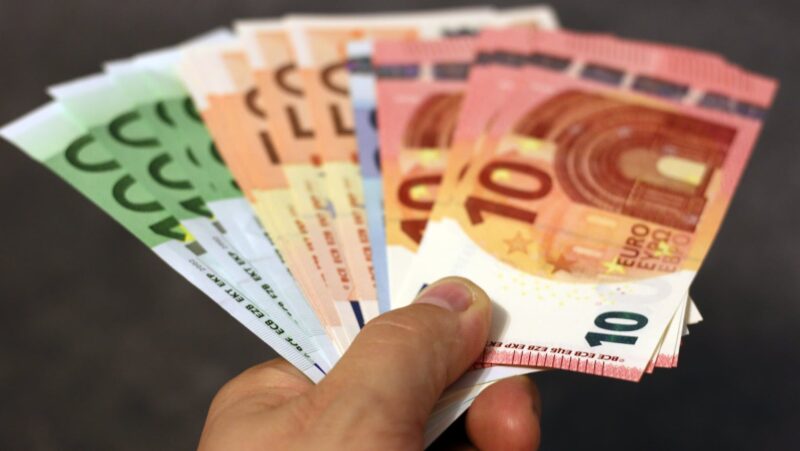 Looking at the historical performance, the Euro started strong after its introduction in 1999. In the subsequent years, the EUR to USD exchange rate fluctuated, informed by a myriad of factors like global economic climate, political uncertainties, and policies of central banking institutions. An all-time high was witnessed in July 2008, when it reached a peak of 1 EUR equaling 1.60 USD.
Looking at the historical performance, the Euro started strong after its introduction in 1999. In the subsequent years, the EUR to USD exchange rate fluctuated, informed by a myriad of factors like global economic climate, political uncertainties, and policies of central banking institutions. An all-time high was witnessed in July 2008, when it reached a peak of 1 EUR equaling 1.60 USD.
Current Situation of Euro in Italy
Fast forward to nowadays, the Euro’s value continues its roller coaster ride, remaining susceptible to international trade wars, recession prospects, and the global pandemic. While experts recorded a dip during the outbreak of COVID-19, the Euro showed resiliency and recovered fairly, currently hovering around 1 EUR equally approximately 1.20 USD.
How To Exchange Currency For Italy
Best Places to Exchange Currency in Italy
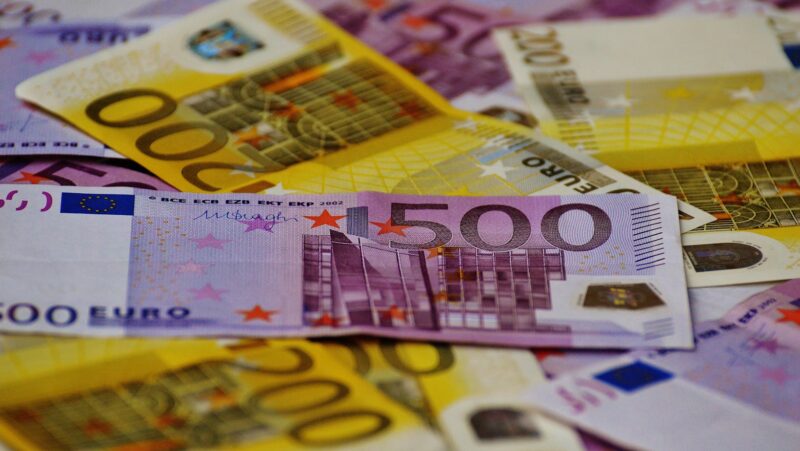 Italy has several reliable currency exchange options. Banks rank as the top choice due to competitive exchange rates and security. These institutions, such as Unicredit and Intesa Sanpaolo, provide services to both locals and tourists.
Italy has several reliable currency exchange options. Banks rank as the top choice due to competitive exchange rates and security. These institutions, such as Unicredit and Intesa Sanpaolo, provide services to both locals and tourists.
Currency exchange offices, marked as “Cambio,” follow in popularity. Though they’re widely accessible in tourist areas, they tend to charge higher fees compared to banks. Therefore, verifying fees and rates before initiating a transaction becomes critical.
ATMs, or “Bancomats” as locally known, consider a secure and convenient option for withdrawing Euros. Most Italian ATMs do not charge a service fee, though one’s home bank might levy a foreign transaction fee.
Tips to Save Money During Currency Exchange
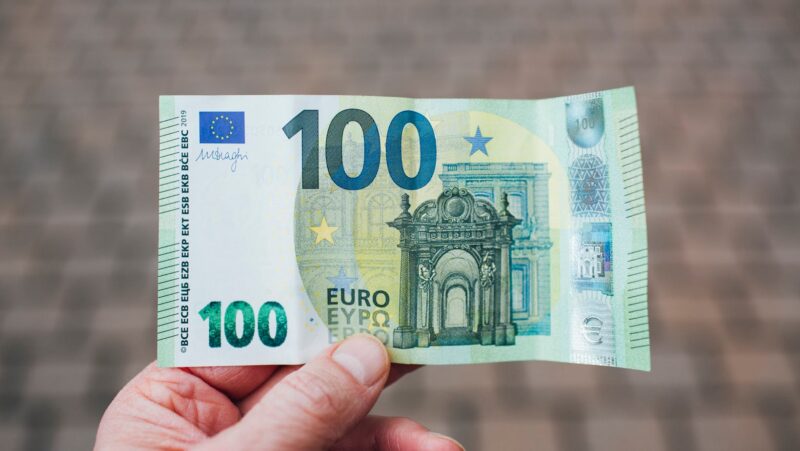 Obtaining a credit card with no foreign transaction fee serves well. Such cards convert currency at the interbank exchange rate, usually the best rate one can get.
Obtaining a credit card with no foreign transaction fee serves well. Such cards convert currency at the interbank exchange rate, usually the best rate one can get.
An alert on foreign exchange rates can ensure timely exchange when the rates are favorable. Services that offer such alerts, like XE.com or OANDA, become quite handy for this purpose.
Avoiding ATMs that charge high service fees plays a crucial role in saving money. In Italy, most ATMs charge no service fees, in contrast to private ones that levy substantial fees.
Must Know
Italy’s currency, the Euro, has its own unique story. The journey from the Lira to the Euro wasn’t without economic hurdles. Yet, it’s now a stable part of the Italian economy, influenced by global factors. For travelers, understanding the local currency is key. It’s not just about knowing the currency used but also how to get the best deals when exchanging money.

